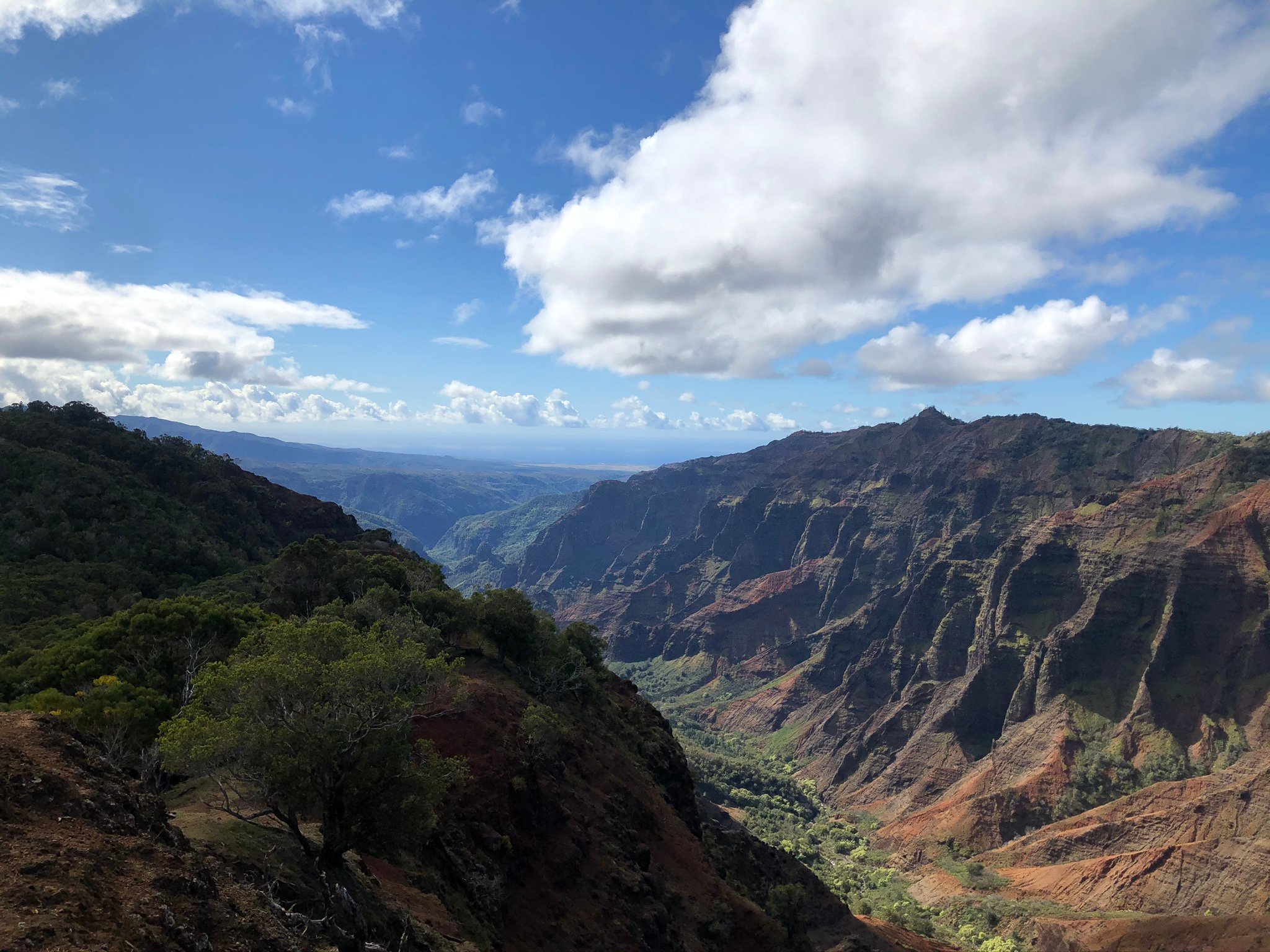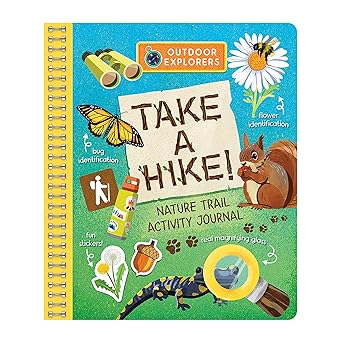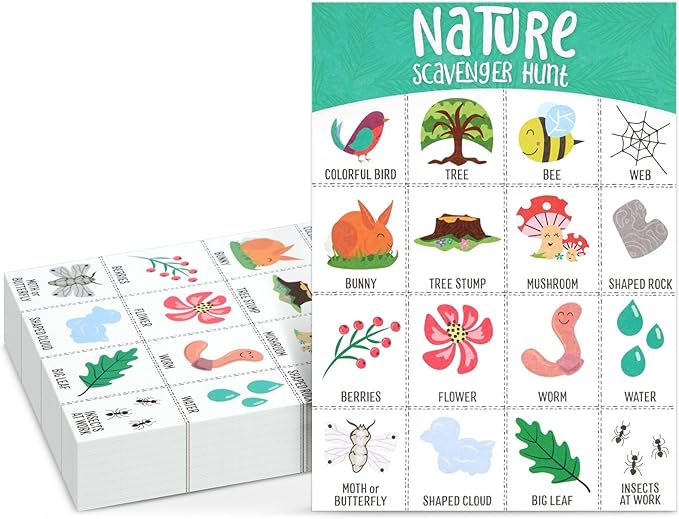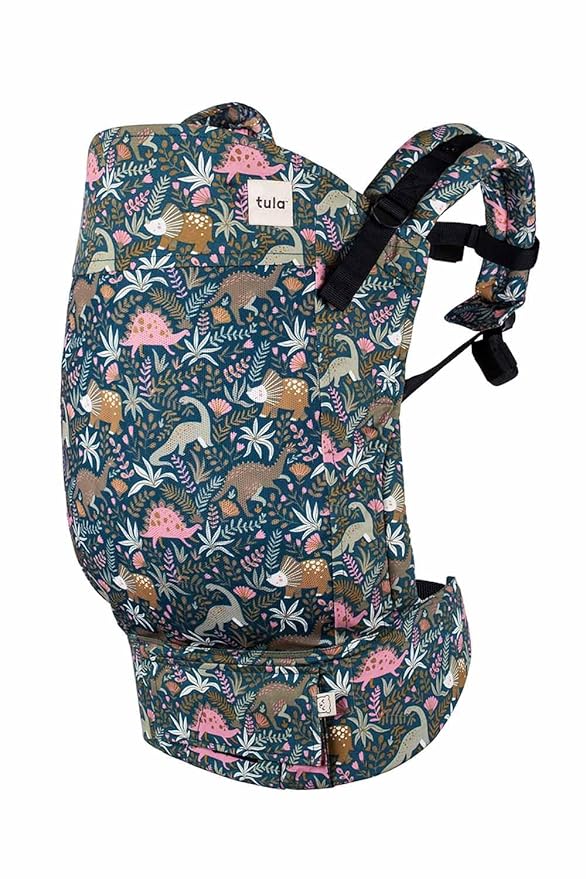Wanting to bring your kids along in exploring the outdoors? It takes a lot more effort than heading out on your own, but it’s entirely worth it! In this guide, I’ll share some practical tips for hiking with kids we have found helpful on our own trips.
If you purchase a product through one of our links, we may earn a commission at no extra cost to you.
Why Hike with Kids?
Adventuring outdoors with our kids is such a rewarding experience, but it’s certainly not without its challenges. For some reason, our four-year-old’s legs often suddenly stop working when we start on a hike, and it takes a bit of encouragement and distraction to get them moving again. The effort, though, is always worth it.
Hiking is low on our kids' list of thrilling outdoor activities. In their minds, it can’t compare to swimming, biking, or playing at the park. After all, it’s just a walk, and a harder walk than they’re used to. But that’s part of what makes it a great activity; it encourages them to find joy in the simplicity of nature rather than from an adrenaline rush. We get to bond as a family without any distractions. And most importantly, completing a trail (no matter how easy it may seem for the adults), gives them a sense of accomplishment and confidence, reminding them they can achieve hard things.
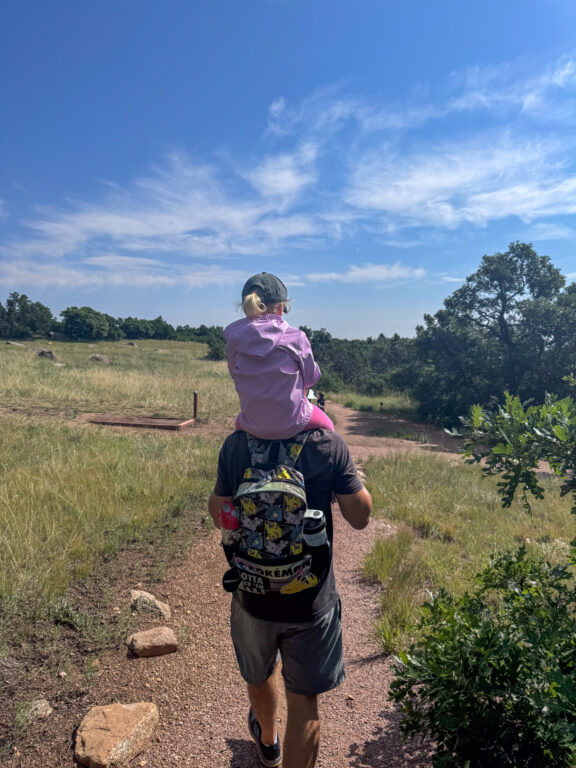
Tips for Hiking with Kids
1. Choose the right trail.
Start with shorter trails without too much elevation gain, especially if your kids are younger and you don’t plan to carry them. Try to pick routes with fun features, like waterfalls and viewpoints. If the kids are at least 4-5 years old, they’ll also love scrambling over rocks. Trails that have forks are also perfect for letting the kids take the lead in deciding which path to explore.
2. Give them autonomy.
Exploring the outdoors is amazing for building kids’ confidence, and this is your time to (safely) step back and let them feel empowered. If your kid is old enough to read a map, give them one. They want to take the right path instead of the left? Cool. They want to be the leader ahead of the rest of the group? Ask them to keep an eye out for obstacles and communicate back to the rest of the family. They want to stop to examine a dead bug? Absolutely.
There's no better way to get kids interested in a hike than letting them carry their own pair of binoculars and stop as often as the'd like to explore the world around them. We have these binoculars from Amazon and they're great for younger kids, as they're lightweight and easy to hold. They also come with a bird indentification sticker book to help keep them engaged.
3. Keep it fun.
We know that we have to have a few games and activities prepared to pull out when the boredom starts. Here are a few that work well for our 8- and 4-year old:
- I’m Going on a Picnic and I'm Bringing... (the game where you add items in alphabetical order and each person has to recall all the prior items)
- 20 questions
- Word Chain - pick a category, someone names an object in that category. The next person has to name an object that starts with the letter the previous object ended with.
- Conversation Starter Cards - bring family conversation starter cards, Would You Rather, that type of thing. Grab a deck of pre-made cards, hole punch them, and put them on a ring to make them easy to carry while walking.
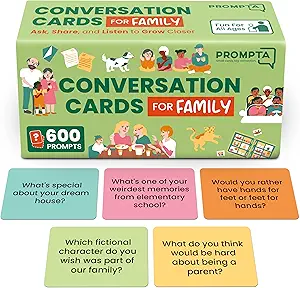
- Log plant and animal species - If you have cell service, use an app like Seek to identify species on your phone and see how many new species you find. Or, just take a picture for later. Even better, have the kids take a picture with their own camera.
- Make nature sculptures using twigs, rocks, and leaves on your breaks
- Let them take their own photos if they're old enough to handle a camera
- Bring an interactive nature journal for kids who are old enough to read and write.
- Bring along a nature scavenger hunt. Staple a strip of stickers to mark items off so you don't have to worry about pencils being dropped.
4. Pack a variety of snacks.
No one will be happy if they’re running low on energy. Take frequent snack and water breaks, and bring a variety of snack types to keep everyone interested. Trail mix, fruit strips, dried fruit, and bananas are winners with our kids.
5. Consider a child carrier.
We’re all about gently pushing our kids a little outside their comfort zone to help them grow, but for every step we take on the trail, our daughter is taking about three steps. At some point (after about two miles usually), her fatigue will lead to whining that eventually isn’t distractible by games, and she will end up being carried.
If you think this might be your kid, too, consider bringing a carrier to make your life a little easier. For a longer hike, our favorite is the Osprey Poco SLT Lightweight Child Carrier backpack, which holds up to 50 lbs and includes some storage space. Lately as our youngest has become more mobile, we just bring a foldable carrier as a backup for when she starts to get tired. Tula has a comfortable preschool carrier that goes up to 60 lbs.
6. Safety first.
Establish safety rules if your kids are new hikers; teach them the rules of the trail at the beginning of the hike.
- Stay on the trail
- Don't disturb wildlife
- Remain with the group
- Wear bright colors
- No throwing things, running, or screaming
- Step aside to let others pass
- What do do if lost (blow safety whistle three times every 3 minutes, know parents' phone number and ask for help)
7. Motivate with a reward (aka, a bribe).
Plan for swimming, ice cream, or other fun activity after the hike and refer back to this activity when spirits start to fall.
Kids Packing List for a Day Hike
Clothing and footwear
- Sturdy hiking shoes or trail runners
- Moisture-wicking base layers
- Extra socks
- Lightweight rain jacket
- Hat + sunglasses
Gear
- Kid-sized backpack
- Baby/child carrier
- Water bottles
- Sunscreen
- First-aid kit
- Whistle + ID bracelet with parent contact info
- Headlamp/flashlight (kids love having their own)
- Emergency blanket
- Map
Fun and Activities
- Nature journal
- Binoculars for each kid
- Camera
- Bingo card
- Conversation starter cards
- Snacks
Final Thoughts
Hiking with kids is never about speed or distance, but about the joy of exploring together. I hope we can continue to help them grow their love of the outdoors that they can take with them into adulthood. It takes work and planning, but we’ll keep putting in the effort of coming up with ways to entertain them and encourage them to keep walking.
For more tips on outdoor adventuring with kids, check our our complete guide to family adventure travel.
